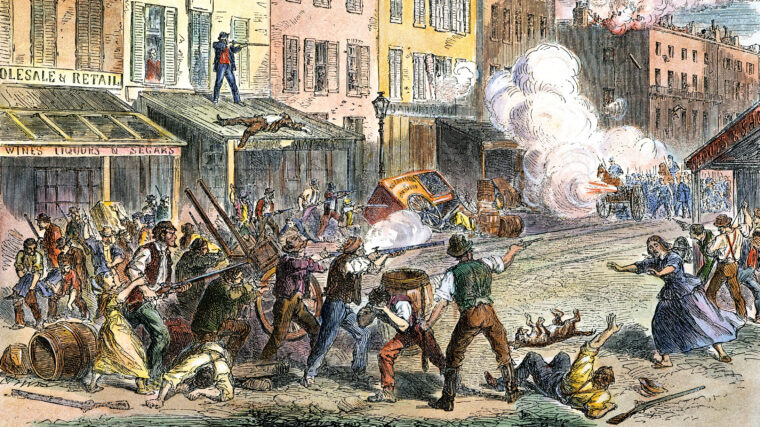
Civil War
City Under Siege: The New York Draft Riots
By Rick BeardFor four breathlessly hot days in mid-July 1863, New York City became the northernmost battleground of the Civil War. Read more
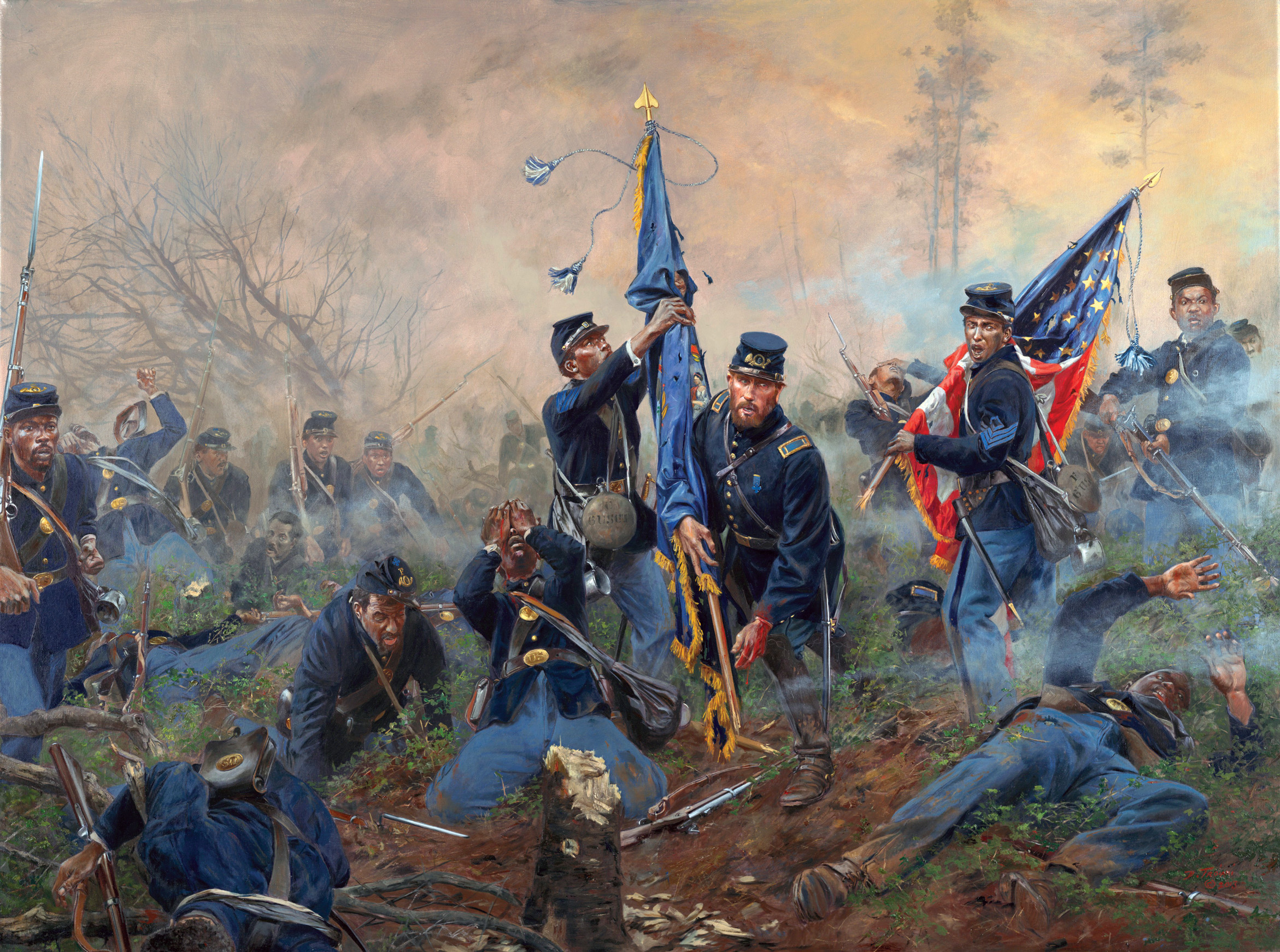

Civil War
For four breathlessly hot days in mid-July 1863, New York City became the northernmost battleground of the Civil War. Read more
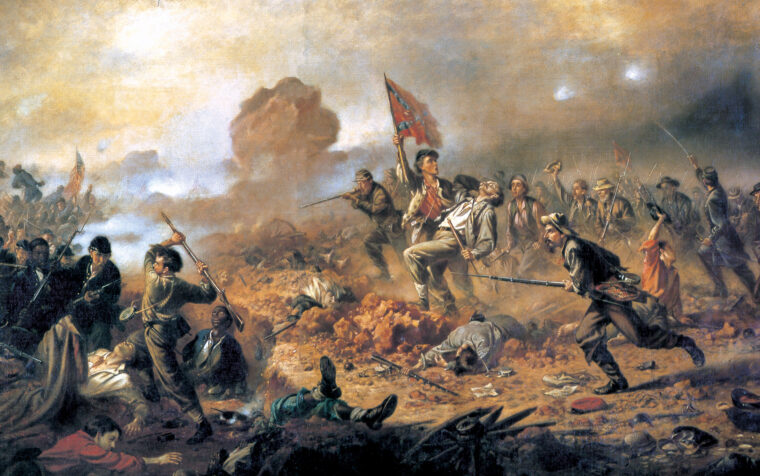
Civil War
It was just after 3 am on Saturday, July 30, 1864. A month of relative quiet along a two-mile stretch of Union and Confederate trench lines immediately east of Petersburg, Virginia, was about to come to an explosive end. Read more
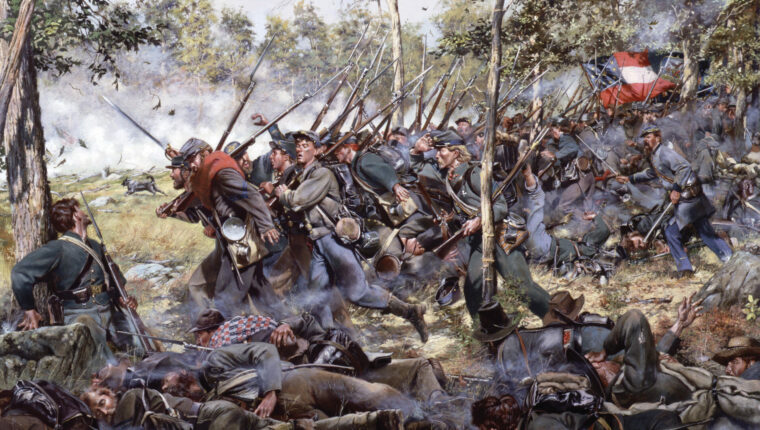
Civil War
Rifle flashes erupted at intervals on the base of the slope. The flashes gave away the location of the confederate troops advancing in large numbers in the darkness of the night of July 2, 1863, on the eastern side of Culp’s Hill southeast of the town of Gettysburg. Read more
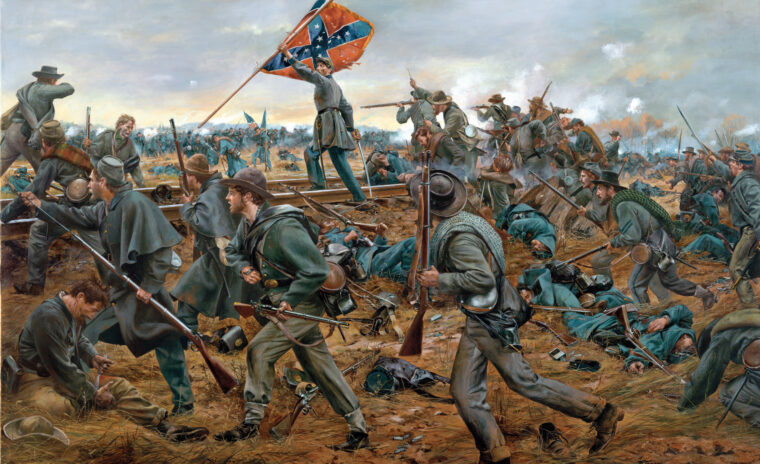
Civil War
By David A. Norris
Brig. Gen. George Gordon Meade’s division spent three hours bombarded by Confederate guns on December 13, 1862. Read more
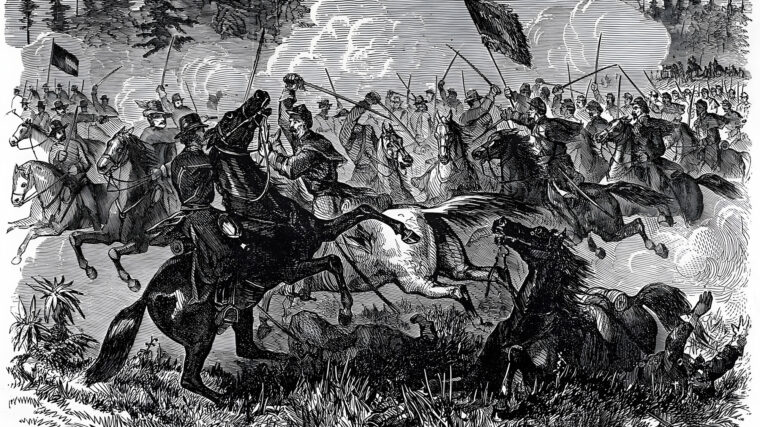
Civil War
Napoleon Alexandre Duffie was born on May 1, 1833, in Paris, France. His father, Jean August Duffie, was a prosperous sugar refiner and mayor of the village of La Ferte-sous-Jouarre. Read more
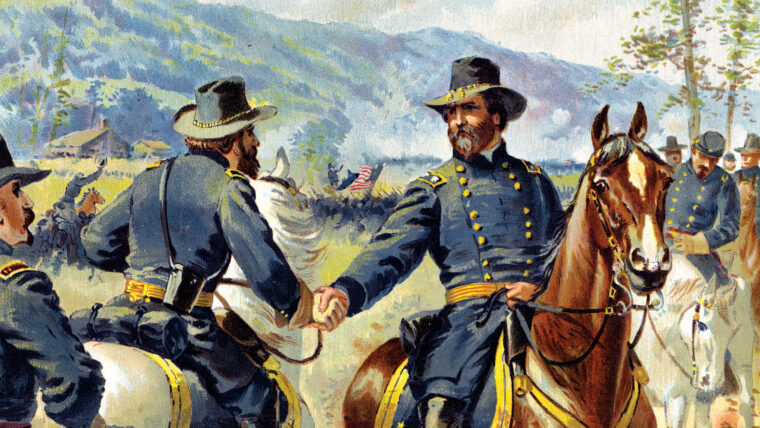
Civil War
Amid the fog of powder smoke in the north-Georgia forest, the frayed remnants of the Union’s Army of the Cumberland faced determined Confederate troops who sensed an impending victory. Read more
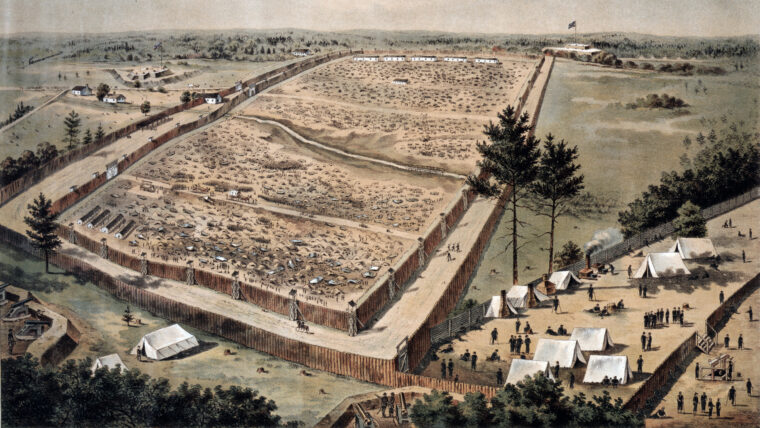
Civil War
The June 19, 1861, editorial in the Charleston Mercury newspaper warned: “War is bloody reality, not butterfly sporting. Read more
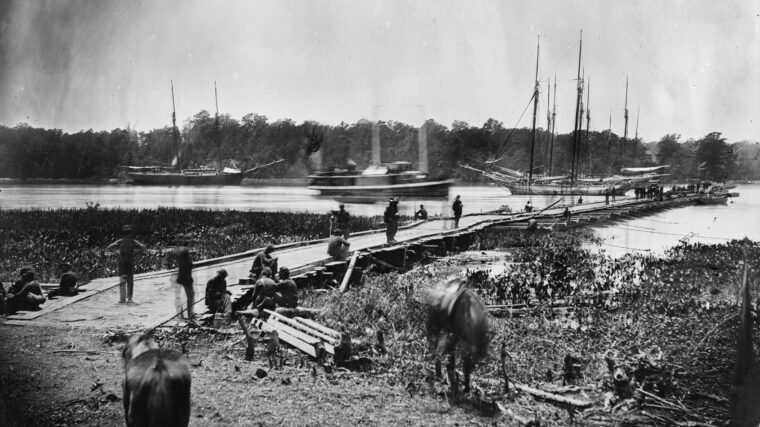
Civil War
The Union Army’s ambitious Overland Campaign began on May 4, 1864. It was the fourth year of the Civil War, and Lt. Read more
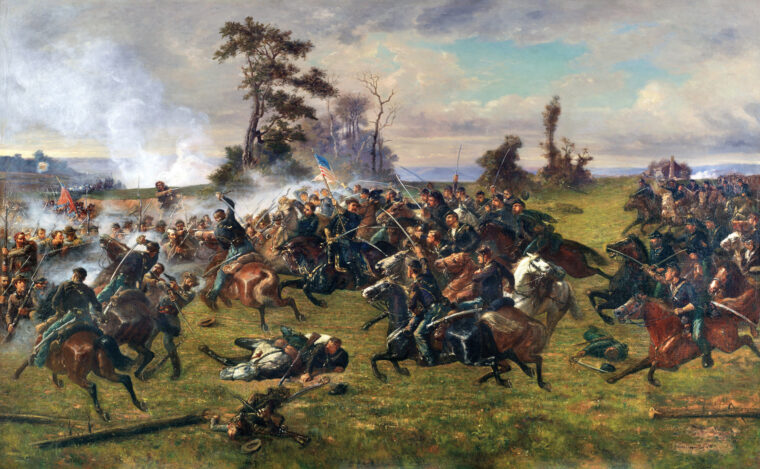
Civil War
An unrelenting rain soaked the gray-clad troops of Maj. Gen. George Pickett’s reinforced division of Confederate soldiers on the morning of March 30, 1865. Read more
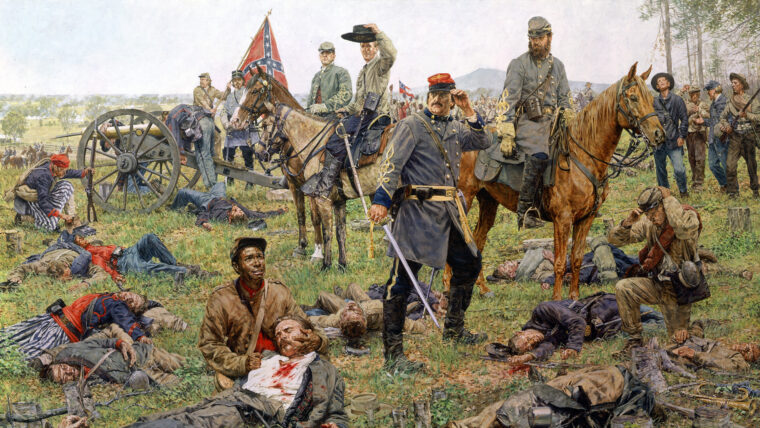
Civil War
The regiment of Yankees, which was largely composed of German immigrants, advanced through a field of clover in the Shenandoah Valley in search of the Rebel line to its front on June 8, 1862. Read more
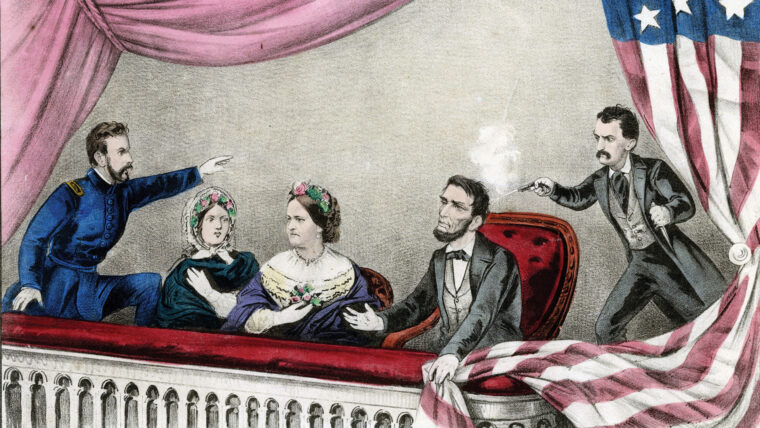
Civil War
The night of April 14, 1865, was one of celebration in Washington, D.C. Just a few days earlier, on April 9, Confederate General Robert E. Read more
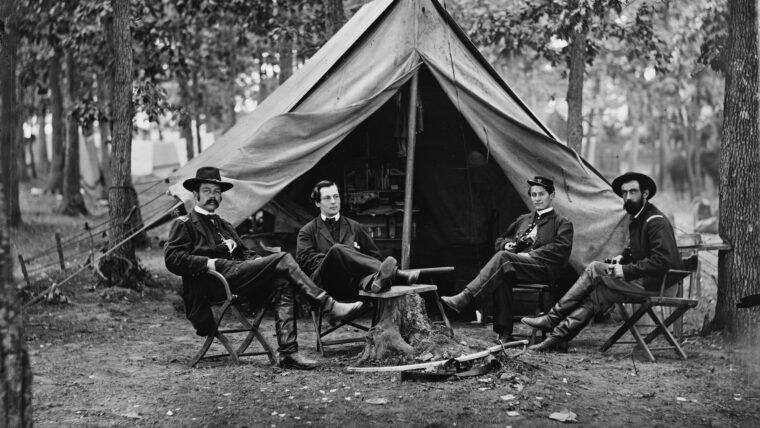
Civil War
The Union officer saw it quite clearly across the Rappahannock River: a hand-painted sign held up by a Rebel soldier that read, “Burnside and his pontoons stuck in the mud. Read more
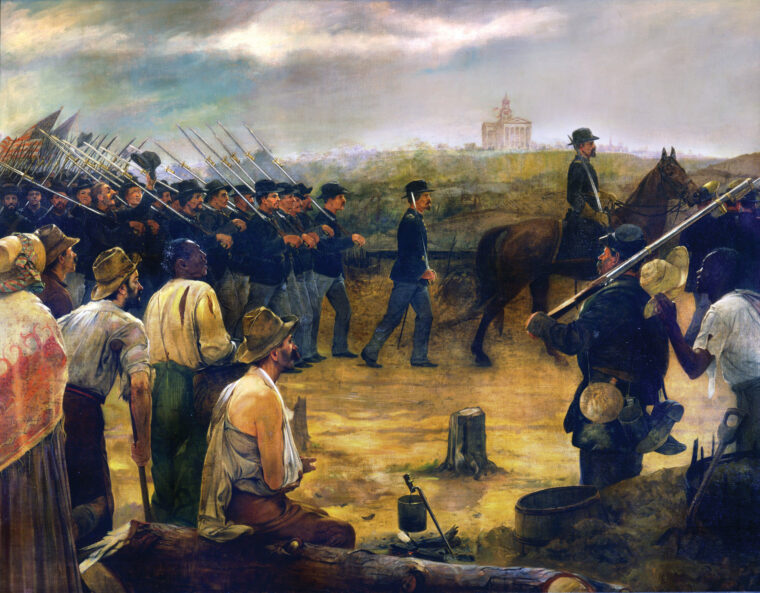
Civil War
The citizens of Vicksburg would scarcely remember a more beautiful evening. The sky on April 16, 1863, was cloudless, and as the ruddy glow of twilight faded, the vast expanse was speckled with stars. Read more
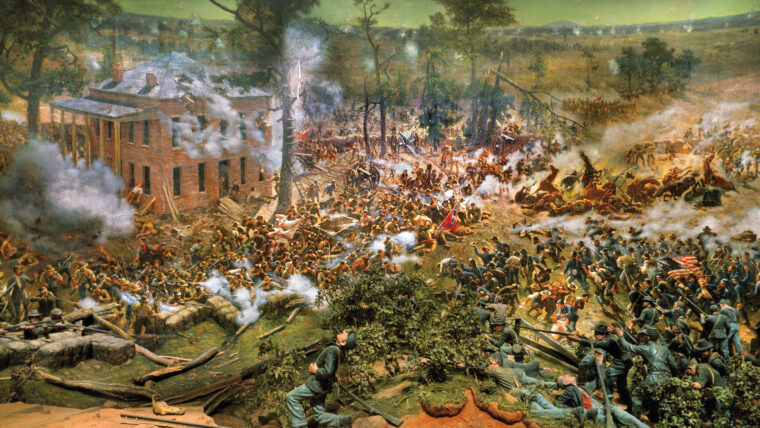
Civil War
The guide shook uncontrollably when the gray-clad general pointed his pistol at him in the backwoods of central Georgia on the evening of July 21, 1864. Read more
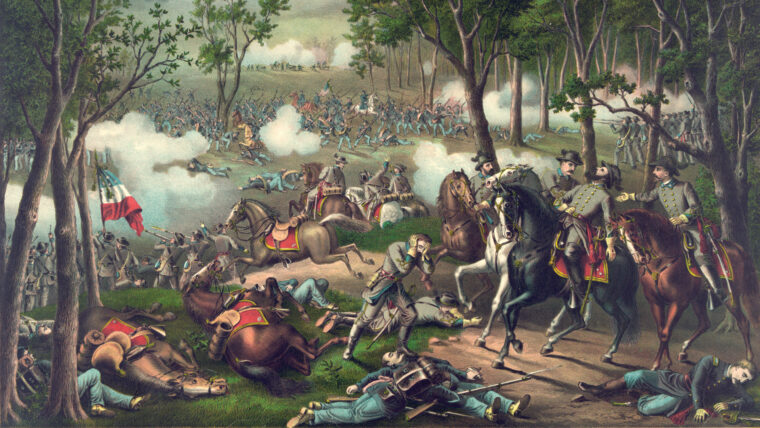
Civil War
Historians began writing about the Civil War even before it had become history. Battlefield accounts by traveling correspondents were a staple of Northern and Southern newspapers during the war, and a flood of memoirs, letters, official records, and unit histories followed in the decades after the war. Read more
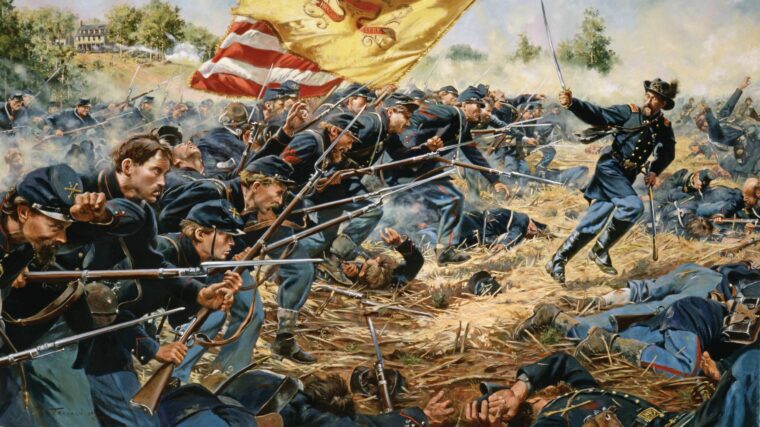
Civil War
By William E. Welsh
Private Augustus Du Bois marched forward at daybreak on June 3, 1864, along with hundreds of other members of the 7th New York Heavy Artillery regiment to a thin belt of timber a mile south of the key road junction of Cold Harbor. Read more
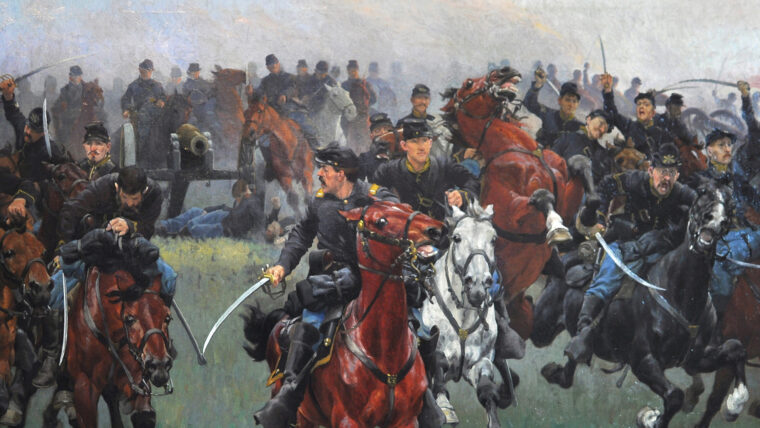
Civil War
The celebrated 2nd U.S. Cavalry, like its brother regiment the 1st U.S. Cavalry, was formally created by an act of Congress in March 1855. Read more
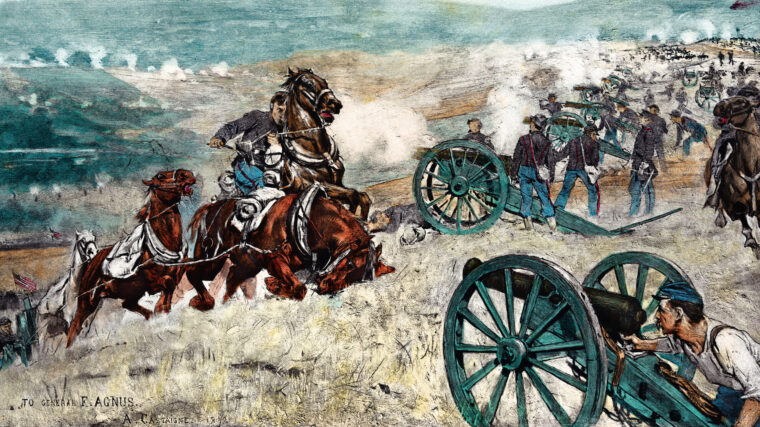
Civil War
As Confederate General Robert E. Lee and his I Corps commander, Maj. Gen. James Longstreet, rode together on horseback along the dust-choked Quaker Road from Glendale to Malvern Hill on the morning of July 1, 1862, they stopped to confer with Maj. Read more
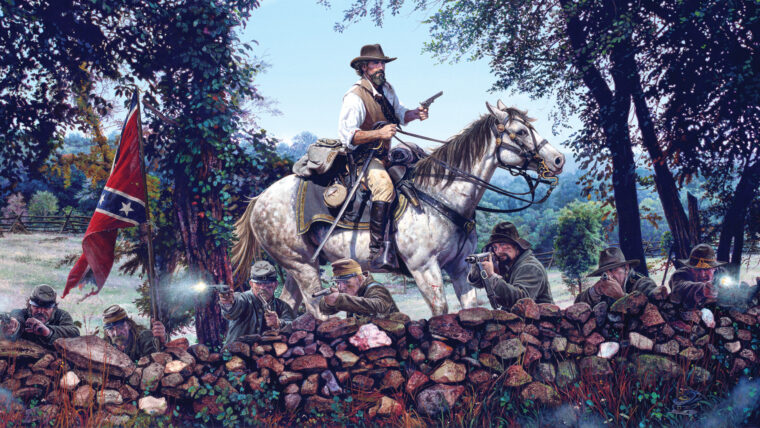
Civil War
Confederate Maj. Gen. Nathan Bedford Forrest’s fighting blood was up. It was mid-morning on June 10, 1864, and the Tennessean cavalry commander had just hurried Colonel Hylan Lyon’s brigade of Kentuckians from along the muddy Baldwyn road toward Brice’s Crossroads in northern Mississippi. Read more
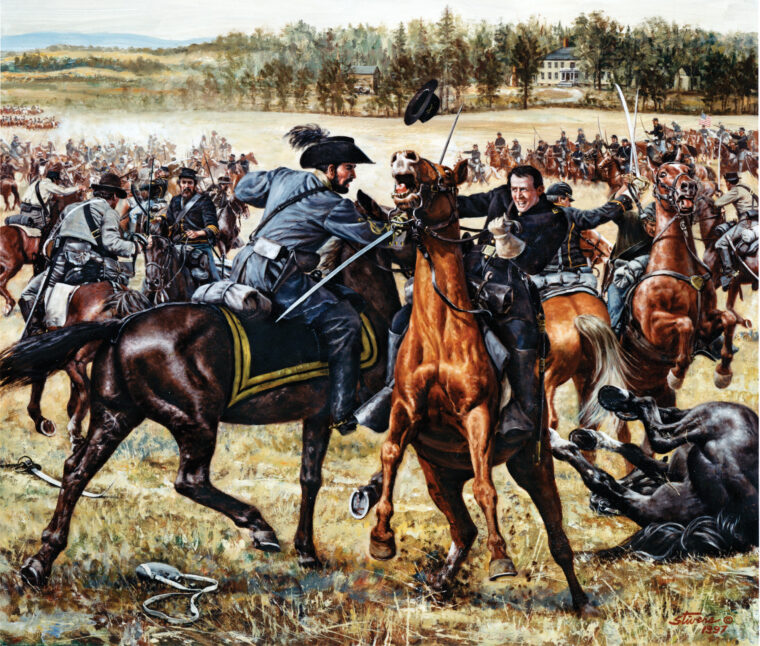
Civil War
Major General James Ewell Brown Stuart was in all his glory. It was June 8, 1863, and the Confederate cavalry commander was putting on a grand review of his horse soldiers on a plain west of the Rappahannock River near Brandy Station, Virginia, for none other than General Robert E. Read more